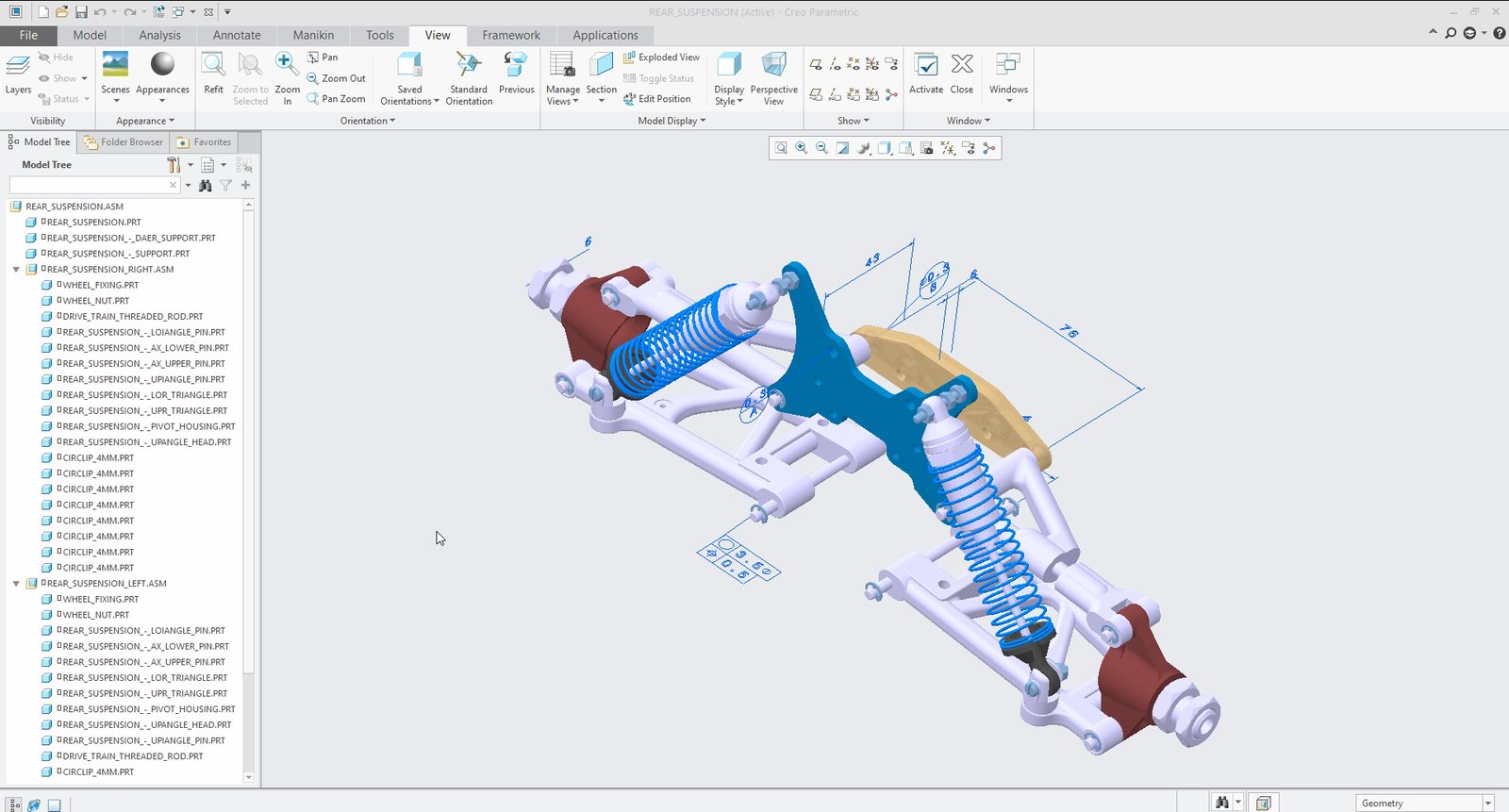Theorem are pleased to announce the latest release of our Creo to JT product, supporting Creo 4.0, 6.0 and 7.0, along with JT 10.5, as part of the Lightweight 3D product range.
Our Lightweight 3D products are aimed at creating visualization data for users of digital mock-up, virtual reality or desktop applications.
Lightweight data formats have different use cases to mechanical CAD and due to the increasing sophistication of visualization systems, the requirement to exchange visualization data is helping to enhance collaboration.
The product has been developed using both the PTC Pro/Toolkit and the Siemens JT Open API’s, so it integrates into an active PTC Creo environment, but operates completely independently of any JT applications, enabling Creo users to create high quality JT files allows them to share JT data with their customers and suppliers, facilitating collaboration.
Sharing Creo data using the neutral ISO standard JT format allows organisations to protect the intellectual property of their designs while allowing users to explore the shape, and more easily understand the 3D definition. The IP protection can be enhanced by restricting the JT representation to be tessellated data only.
Using JT with additional 3D PMI data as part of a Model Based Definition process allows the user to reduce the overall design costs associated with the creation of conventional 2D drawings.
Our solutions are built with development tools and APIs supplied and supported by the major CAD vendors that we have strategic partnerships with. This means we do not reverse engineer and can provide you with a robust application that offers full control over data preparation and optimization for the target formats.
Theorem’s strategic partnerships with PTC and Siemens ensures that there is parallel development between the latest releases of Creo and JT, and Theorem’s Lightweight 3D products, allowing us to continue to provide data solutions for Creo users wanting to create JT data.



